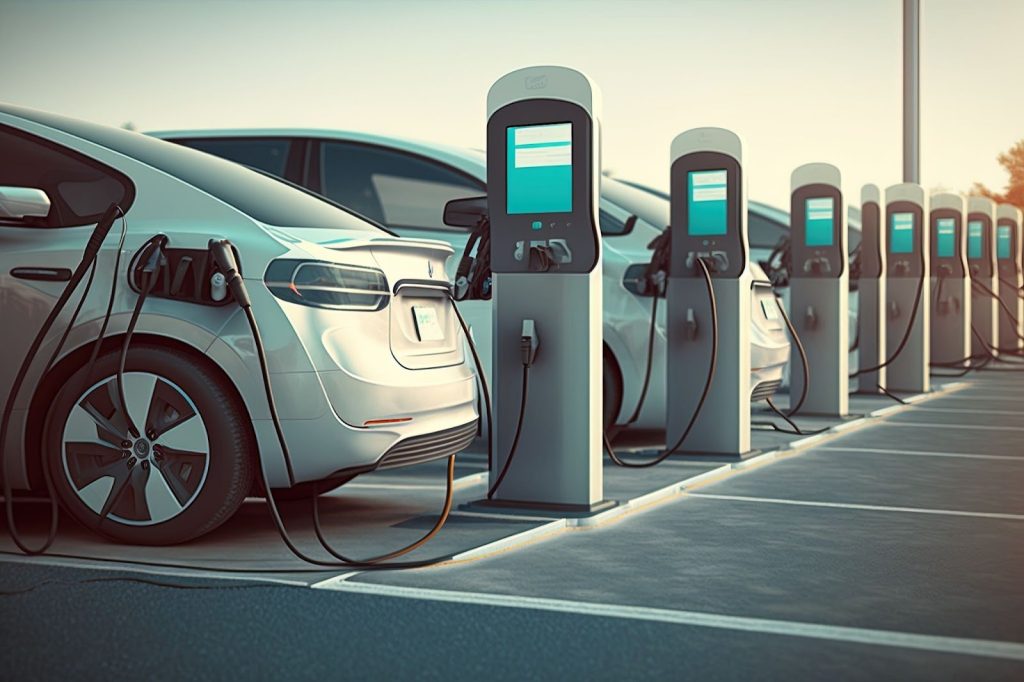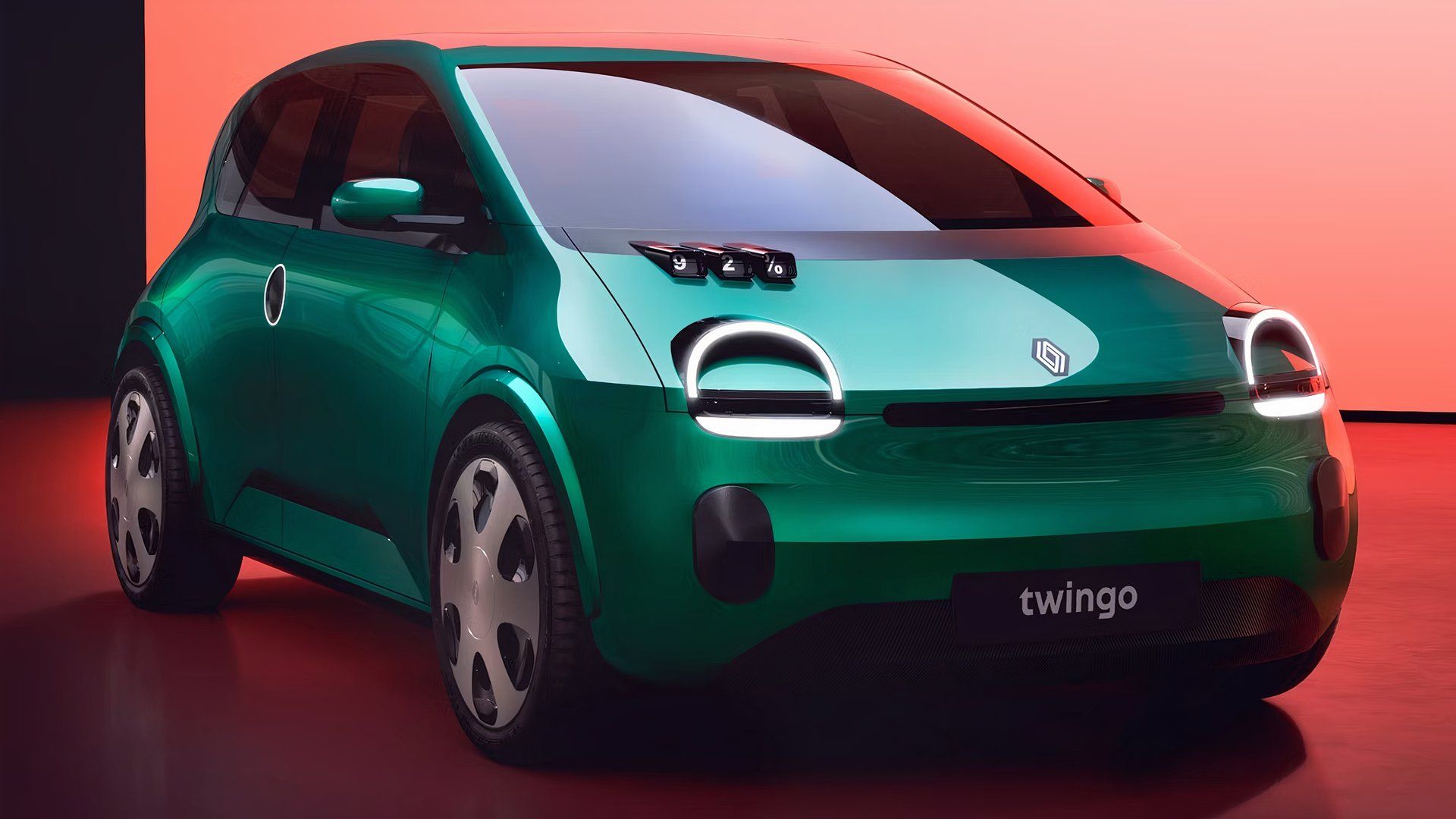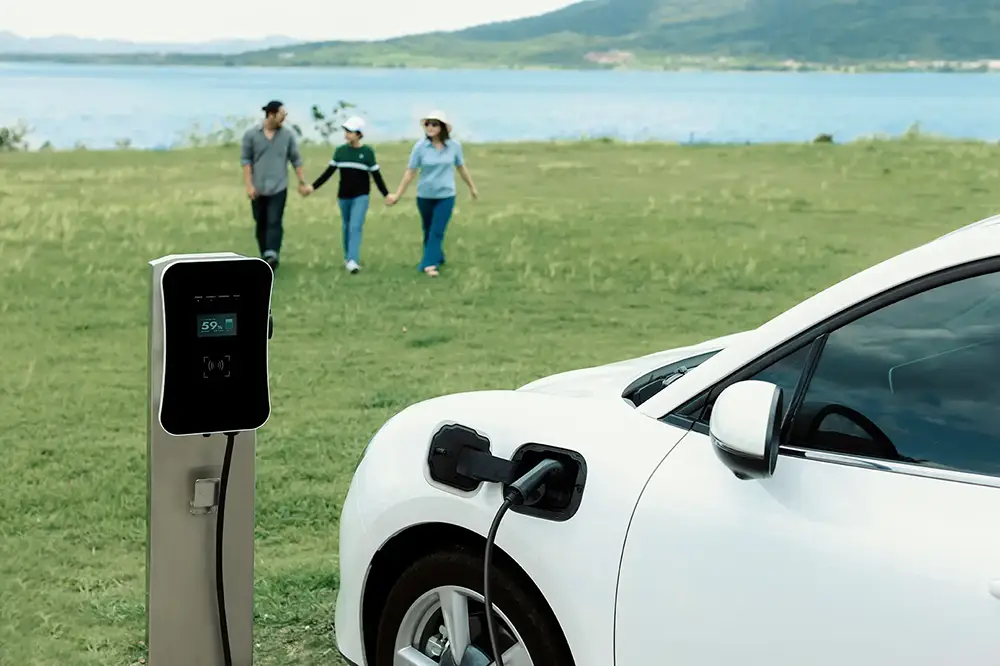Plug In Hybrid Rebate: How to Qualify and Maximize Your Savings
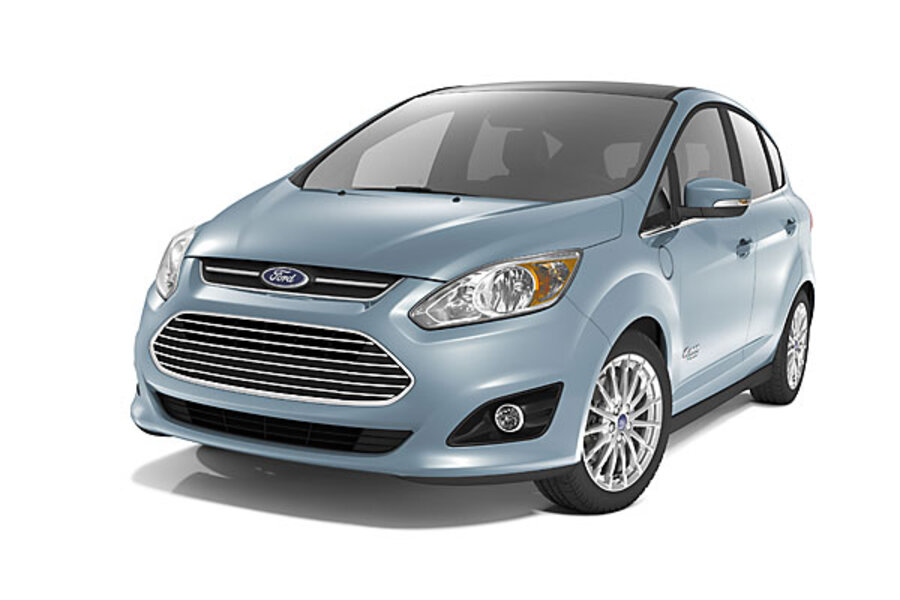
The plug in hybrid rebate is a valuable financial incentive designed to encourage consumers to adopt environmentally-friendly vehicles. With rising concerns about climate change and the need for sustainable transportation options, governments at various levels have implemented rebates to help offset the costs of purchasing plug-in hybrid electric vehicles (PHEVs). This article will explore the ins and outs of the plug-in hybrid rebate program, detailing how to qualify, maximize your savings, and choose the best PHEV model.
Understanding the Plug In Hybrid Rebate Program

As we delve into the plug in hybrid rebate, it’s essential to understand what it entails and how it functions within both federal and state programs.
What is a plug-in hybrid (PHEV)?
A plug-in hybrid electric vehicle (PHEV) combines an internal combustion engine with an electric motor, allowing drivers to use either or both as needed. Unlike traditional hybrid vehicles, PHEVs can be charged via an electrical outlet, providing significant all-electric range and reducing dependency on fossil fuels.
The core appeal of PHEVs lies in their dual-power system. They offer the flexibility of gasoline power for long trips while being able to run on electric power for short commutes. This capability not only reduces greenhouse gas emissions but also leads to lower fuel costs, making PHEVs an attractive option for many consumers.
Additionally, advancements in battery technology mean that newer models often provide substantial electric-only driving ranges, making them viable alternatives to fully electric vehicles.
Overview of federal and state rebate programs
In the United States and Canada, various plug in hybrid rebate programs exist at both the federal and provincial/state levels. These programs aim to incentivize the purchase of PHEVs by offering monetary rebates that can significantly reduce the purchase price of eligible vehicles.
At the federal level, incentives may include a direct cash rebate upon purchase or tax credits that can be claimed when filing income taxes. State and provincial programs often complement these federal initiatives, providing additional rebates that vary depending on the local government’s commitment to reducing emissions.
For example, British Columbia offers a comprehensive plug in hybrid rebate bc, which has become a popular choice for environmentally-conscious consumers looking to save money while helping the planet.
Difference between rebates and tax credits
Understanding the distinction between rebates and tax credits is crucial for navigating the plug in hybrid rebate landscape.
Rebates are typically cash payments made directly to the buyer after the vehicle purchase, effectively reducing the out-of-pocket cost.
On the other hand, tax credits are deductions you apply against your owed taxes, lowering the overall tax burden when you file your annual return. While both options provide financial benefits, rebates often offer immediate savings at the point of sale, while tax credits may require you to wait until tax season to see the benefits.
Who Qualifies for a Plug In Hybrid Rebate?

As with any government program, certain eligibility requirements must be met to qualify for a plug in hybrid rebate. Below we’ll discuss the various criteria that dictate who can receive these financial incentives.
Income and vehicle price eligibility
Income limitations are typically set forth to ensure that rebate programs focus on individuals and families who genuinely need financial assistance in purchasing a new vehicle. Each program has its own rules regarding income thresholds, so it’s essential to research specific details based on your jurisdiction.
Similarly, the purchase price of the vehicle plays a critical role in determining eligibility. Many rebate programs have maximum allowable prices for qualifying vehicles, meaning if you opt for a high-end model, you may exceed those limits and miss out on potential savings.
Manufacturer and model qualification criteria
Not all vehicles are created equal when it comes to rebates. Each program specifies which manufacturers and models qualify for the plug in hybrid rebate. When considering a PHEV, ensure that the chosen model is listed among the approved vehicles for your region’s rebate program.
Some states and provinces may have more restrictive lists than others, and availability can also change over time as new models enter the market.
New vs. used plug-in hybrid purchases
While many rebate programs are primarily focused on new vehicle purchases, there are instances where used plug-in hybrids may also be eligible for rebates. The specifics surrounding used vehicles can differ significantly by region, so prospective buyers should carefully investigate the criteria relevant to their location.
Generally, new PHEVs offer a wider range of rebates, while used models may come with limited incentives. However, opting for a used plug-in hybrid can still provide environmental benefits and potential savings without the higher initial investment required for new cars.
Federal vs. State Rebates for Plug In Hybrids

Navigating the landscape of federal versus state rebates can be complex, but understanding the difference is crucial for maximizing your potential savings.
Current federal rebate amounts for PHEVs
At the federal level, the rebate amount can differ significantly based on the vehicle’s specifications and battery capacity. As of 2023, eligible plug-in hybrids may qualify for a federal rebate of up to $7,500, depending on the size of the vehicle’s battery.
However, this amount can fluctuate based on legislative changes and budgetary considerations, so keeping abreast of updates from the Internal Revenue Service (IRS) or other federal agencies is essential for prospective buyers.
Popular state rebate programs (e.g., CA, NY, CO)
Many states have taken proactive measures to promote the adoption of plug-in hybrids by offering their own rebate programs. For instance:
- California provides substantial rebates under its Clean Vehicle Rebate Project (CVRP), awarding residents up to $1,500 for qualifying PHEVs.
- New York offers rebates through its Drive Clean Rebate program, which can yield similar savings for eligible vehicles.
- Colorado also has a robust incentive structure, with rebates reaching between $2,500 to $4,000 based on vehicle qualifications.
Exploring these state-specific programs can substantially enhance the overall savings on your plug-in hybrid purchase.
Can you combine federal and state incentives?
The good news for buyers is that in many cases, federal and state rebates can be combined, leading to increased savings opportunities. However, it’s critical to review both programs thoroughly to ensure compliance with the respective requirements and avoid any potential pitfalls.
Combining incentives can make transitioning to a plug in hybrid much more financially feasible, allowing drivers to enjoy the benefits of reduced emissions and operating costs without breaking the bank.
How to Apply for a Plug In Hybrid Rebate
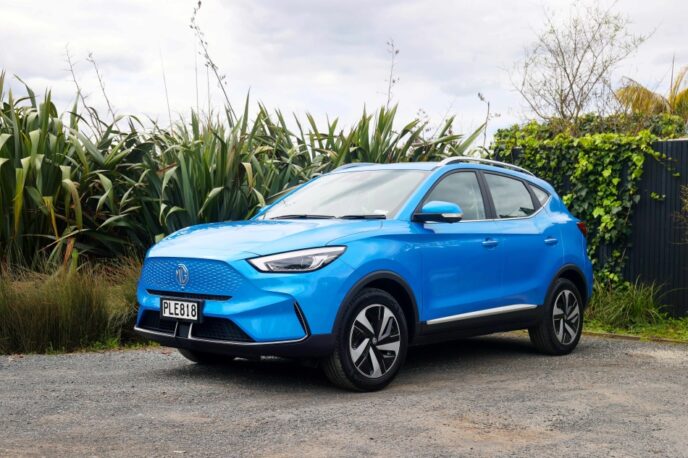
Navigating the application process for a plug in hybrid rebate may seem daunting, but understanding the steps involved can simplify the process and ensure you secure the financial assistance available.
Step-by-step guide to applying for rebates
To facilitate a smoother application experience, follow these key steps:
- Research eligibility: Determine which federal and state rebate programs you qualify for based on your income, vehicle price, and the specific characteristics of the plug-in hybrid you’ve chosen.
- Gather documentation: Collect necessary documents such as proof of residency, income verification, and purchase agreement. Be sure to keep records of any communication with dealers and rebate administrators.
- Complete application forms: Visit the respective websites for federal and state rebate programs to download and fill out the application forms accurately.
- Submit your application: Follow the guidelines provided for submission, ensuring that all required documentation is included to avoid delays.
Required documentation and deadlines
Each program will outline specific documentation needed to apply for the plug in hybrid rebate. Commonly required documents include:
- Proof of ownership (bill of sale or lease agreement)
- Vehicle identification number (VIN)
- Evidence of eligibility (income verification)
- Any additional items specified in the application form
It’s crucial to adhere to deadlines for submissions, as missing them could result in disqualification from receiving the rebate. Always check each program’s timeline closely to ensure your application is submitted on time.
Where and how to submit your application
Applications for federal rebates can usually be submitted electronically or via mail. State programs may follow similar processes, but some state programs might have online portals for faster processing.
Make sure to visit the official websites of the federal and state programs to find detailed instructions tailored to your specific location. Keeping a copy of your submission for your records is also advisable in case any issues arise during processing.
Best Plug In Hybrids That Qualify for Rebates in 2025
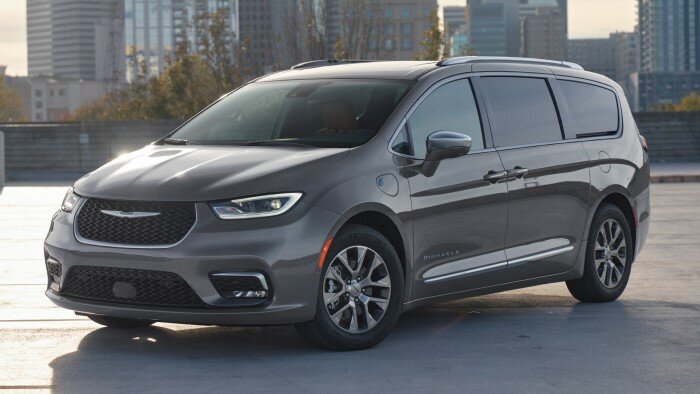
With several vehicles available in the market, selecting the best plug-in hybrid can play a significant role in optimizing your savings through rebates. Below, we discuss top PHEV models likely to qualify for rebates in 2025.
Top PHEV models eligible for rebates
- Toyota Prius Prime As one of the most recognized hybrid vehicles, the Toyota Prius Prime offers an impressive all-electric range with a comfortable interior. Its reputation for reliability and efficiency ensures it remains a popular choice among consumers.
- Kia Niro Plug-In Hybrid The Kia Niro Plug-In Hybrid combines style and functionality, featuring ample cargo space and a user-friendly infotainment system. Its competitive pricing makes it an appealing option for families.
- Ford Escape Plug-In Hybrid The Ford Escape Plug-In Hybrid showcases a spacious and practical interior with advanced safety features. With its robust performance, it delivers an enjoyable driving experience along with excellent efficiency.
Features and benefits of each model
When evaluating these models, consider the following features:
- Fuel Efficiency: All the mentioned PHEVs boast exceptional fuel economy, allowing drivers to save on fuel costs while reducing their carbon footprints.
- Safety Ratings: Safety is paramount, and each model comes equipped with advanced driver-assistance technologies to ensure peace of mind on the road.
- Technology Integration: Modern PHEVs feature cutting-edge technology, including smartphone integration and intuitive touchscreen interfaces, enhancing the overall driving experience.
MSRP and efficiency comparisons
Pricing varies across models, allowing consumers to choose vehicles that cater to their budget. Here’s a brief comparison of these top PHEVs:
- Toyota Prius Prime: Starting MSRP around $28,000 with an exceptional fuel efficiency rating of approximately 133 MPGe.
- Kia Niro Plug-In Hybrid: Offers a starting MSRP of about $29,000 and an estimated efficiency of around 105 MPGe.
- Ford Escape Plug-In Hybrid: Typically priced starting at approximately $34,000, delivering an efficiency rating of around 100 MPGe.
When comparing these vehicles, it’s evident that while their MSRPs vary, the efficiency ratings remain competitive, allowing buyers to find a suitable model that meets their needs while taking advantage of available rebates.
Tips to Maximize Your Plug In Hybrid Rebate Savings

Maximizing your plug in hybrid rebate savings involves strategic planning, thoughtful timing, and careful consideration of available incentives.
Timing your purchase for maximum benefits
Timing can significantly impact the amount of rebate you may be eligible for. Consider researching:
- Seasonal promotions offered by manufacturers
- Time of year when rebates are traditionally highest
- Upcoming changes to federal or state incentives
Purchasing during months when dealerships want to clear inventory may lead to additional discounts that complement existing rebates.
Leasing vs. buying a plug-in hybrid
Deciding whether to lease or buy a plug-in hybrid can influence your overall savings. When leasing, you may benefit from lower initial costs and maintenance expenses, though rebates may be less beneficial than with purchases.
If you plan to keep the PHEV for the long term, buying is typically the better option for maximizing rebates. Carefully evaluate your personal circumstances and financial goals when deciding which route to take.
Taking advantage of dealer and utility rebates
In addition to federal and state rebates, many dealerships offer manufacturer incentives and promotions on PHEVs. Researching different dealerships can reveal exclusive offers that boost your savings even further.
Utility companies may also provide rebates for electric vehicle charging installations or home energy upgrades, further enhancing your potential savings when adopting a plug-in hybrid lifestyle.
FAQs About Plug In Hybrid Rebates
As interest in plug-in hybrids continues to grow, several frequently asked questions emerge concerning the plug in hybrid rebate program.
Are plug-in hybrids still eligible in 2025?
Yes, plug-in hybrids are expected to remain eligible for incentives in 2025, although the specific terms and conditions may evolve. It’s important to stay informed about any new legislation or policy changes that could affect rebate availability.
How long does it take to receive the rebate?
The processing time for receiving a rebate can vary depending on the specific program and method of application. Generally, applicants can expect to wait anywhere from a few weeks to several months before their rebates are processed and issued.
Can businesses apply for plug-in hybrid rebates?
Yes, many rebate programs extend eligibility to businesses looking to invest in plug-in hybrid vehicles for their fleets. Business owners should consult the specific terms of each rebate program to understand the application process and eligibility requirements.
Final Thoughts: Is a Plug In Hybrid Rebate Worth It?
The plug in hybrid rebate presents a compelling opportunity for consumers looking to embrace sustainable transportation methods while reaping financial rewards. By reducing upfront costs and encouraging the purchase of eco-friendly vehicles, these programs contribute positively to both individual finances and global environmental efforts.
2025 represents a pivotal year for electric vehicle adoption, making now an ideal time to explore your options. By staying informed and aware of your local rebate programs, you can enjoy significant savings while contributing to a cleaner planet.
Video
Conclusion
In summary, understanding the intricacies of the plug in hybrid rebate program can empower consumers to maximize their savings and ultimately make informed decisions when purchasing plug-in hybrid vehicles. From exploring eligibility criteria to navigating the application process and choosing the right model, this comprehensive guide serves as a resource for anyone eager to engage in environmentally-friendly driving. By harnessing available rebates and incentives, embarking on a sustainable automotive journey has never been more accessible or financially prudent.
You can read: 2025 Nissan Leaf Tax Credit Guide: How to Claim Your EV Savings

